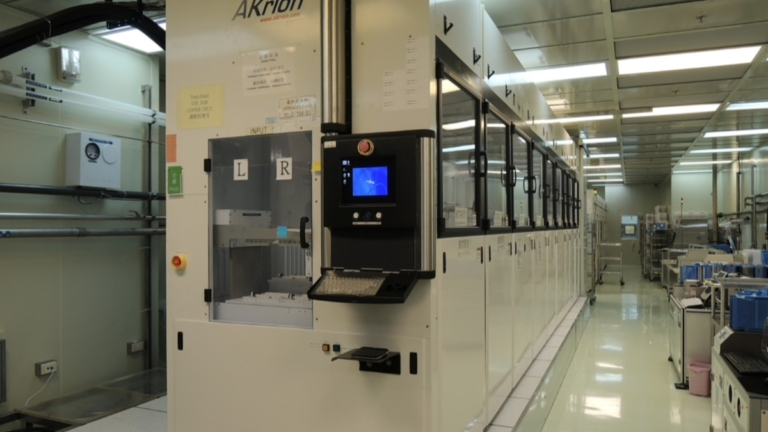
作者/Author(s): Matt Brazil
網站來源/Source: War on the Rocks
日期/Date: 10/09/2025
關鍵字/Keywords: 經濟、科技、晶片
摘要:
美國商務部根據《232條款》(Section 232)展開的半導體調查,可能從根本上改變全球晶片供應鏈的格局。這項轉變對台灣與韓國的影響最大,因這兩國是美國最大的晶片供應來源,同時又是中國敵意的對象,因此被視為美國的國家安全風險。美國商務部長盧特尼克提出兩項強化美國晶片韌性的措施:一是徵收晶片關稅以刺激本土晶片生產,以及實施「晶片換晶片」機制,只要美國晶片製造商達成特定里程碑,即可豁免關稅。
美國何以陷入此境?
美國何以陷入此境?
- 美國當前的晶片困境只能說是自作自受。美國晶片製造商為節省成本並拓展市場,將晶片製造、組裝與測試生產外包給台灣、南韓、新加坡、香港及馬來西亞等東亞國家。這些布局使美國能夠掌控最頂尖的技術,同時將低階晶片生產移轉至東亞,讓相關企業與國家得以成長。
- 中國則是特例。許多外國企業為了進入龐大的中國市場,默許「以技術換市場」,但中國本身對晶片的需求也極為龐大。
- 在美國,英特爾是唯一的垂直整合晶片製造商(IDM),而其他公司早已將製造與後端流程拆分,專注於設計、銷售與行銷等高毛利業務。多數無廠半導體公司,如輝達、高通、博通等,皆仰賴台積電與三星製造成熟與先進製程節點的晶片,導致生產高度集中於這些國家。
- 結果,台灣形成了所謂的「矽盾」,命脈主要繫於晶片生產能力。然而對美國而言,這卻構成單點故障風險,任何發生在台灣的危機或災難都將立即中斷對美晶片供應,進而癱瘓其製造業。
Summary:
The Commerce Department's Section 232 investigations on semiconductors may change the semiconductor supply chain at its core. The shift will affect Taiwan and Korea the most, as they are the largest suppliers of chips to the US, while also being subjects of Chinese hostility, making them a national security risk for the US. The Secretary for Commerce, Howard Lutnick, proposed two measures to enhance the US's chip resilience: tariffs to boost local chip production and a "chip-for-chip" measure that waives the tariffs based on a set of milestones attained by chip producers in the US.
How did the US end up here?
- The US could only blame itself for its current chip predicaments. US chipmakers outsourced the production of chip fabrication, assembly, and testing to East Asian countries like Taiwan, South Korea, Singapore, Hong Kong, and Malaysia to save costs and expand markets. These moves enabled the US to secure control over the most advanced technology while shifting lower-end chip production to East Asia, which allows firms and countries involved to grow.
- China was a special case because many foreign countries implicitly traded technology for broader access to the Chinese market, but China also had a significant demand for chips.
- In the US, Intel is the only "integrated device manufacturer," and others have dissolved their chip-fabrication and back-end processes to focus on the more profitable design, sales, and marketing. Most fabless companies, such as Nvidia, Qualcomm, and Broadcom, relied on TSMC and Samsung to produce their mature and advanced node chips, making the production highly concentrated in these countries.
- Consequently, Taiwan relied on its "silicon shield," where its survival depends primarily on its ability to produce chips. For the US, however, it represents a single point of failure, where any crisis or disaster that happens in Taiwan would disrupt chip supplies to the US instantly, thereby disabling its manufacturing.
